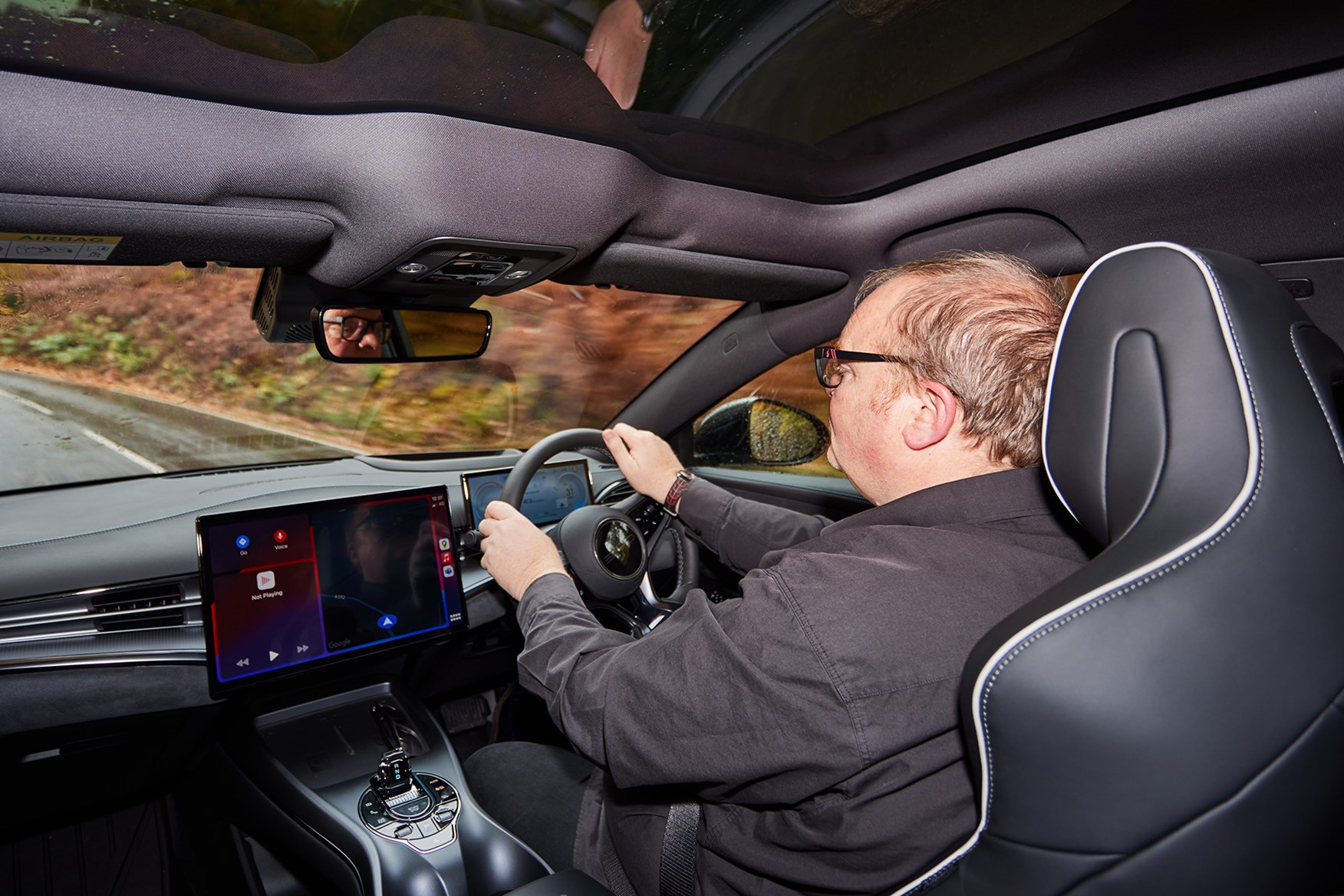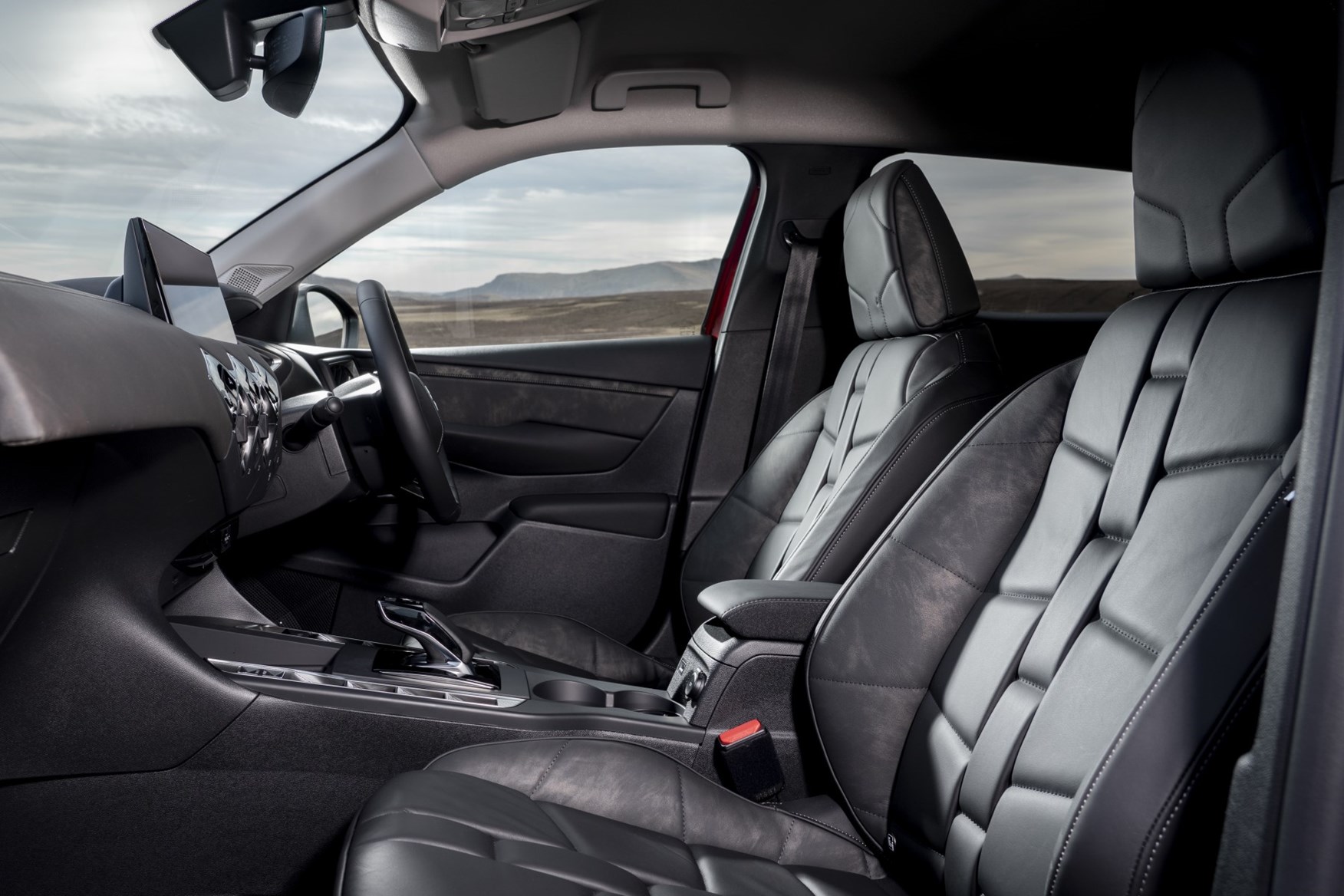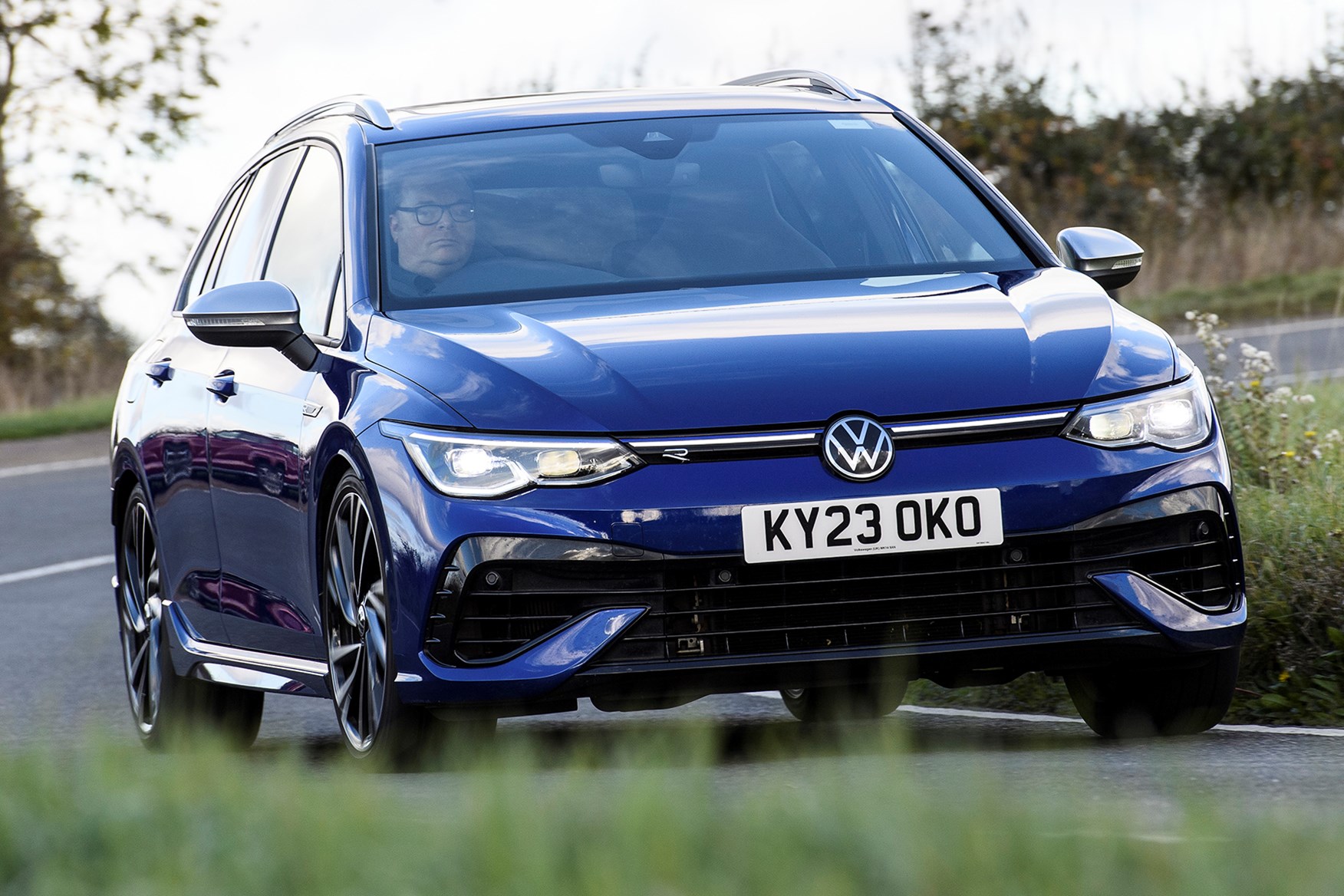Why you can trust a Parkers car review
By Keith Adams, Parkers Editor

I’m Keith Adams, Editor of Parkers, and one of the questions I get asked a lot by readers is how do we actually go about testing cars. On this page, I’ll set out what the Parkers road test team does in order to make our reviews as detailed and accurate as possible. For me the most important thing to do is make sure you, the car buying reader, are right at the heart of everything we do – our reviews should reflect how you use your car.
We have a highly-experienced team of car reviewers who attend all new car launches and then test the cars in real-world situations with a view to how they will work for you. We don’t use our time to take cars to test tracks and strap timing gear to them, instead we closely check their efficiency, performance and what they’re like to live with in real-world situations, on the same sort of roads that you use every day.
We measure the fuel consumption of our test cars in a mixture of motorways, smaller roads and in town to generate fuel economy figures that should closely match what you’re likely to achieve in real-world driving. The same is true for performance. We’ll use benchmarks like 0-62mph time and maxmum speeds for comparison purposes, but it’s actually responsiveness, smoothness and ease of overtaking, that matter most to you. And answering these questions are what’s most important to me, as Editor of Parkers and as a car buyer.
Why are some reviews more detailed than others?
You’ll find that our reviews will evolve during the lifespan of any car. So, we’ll initially drive a new car, typically at its international launch. These allow us early access to the car to form an initial expert opinion. We’ll then follow that up when the car arrives on these shores for its UK launch, where we’ll get a better idea of how it performs in road conditions we’re more familiar with and that you experience in everyday driving.
After the UK launch, we’ll typically get the car in for a week at the office. Here is where the review becomes far more detailed. Several team members will spend time in the car, and we’ll rack up serious miles really getting to know it. Often, we’ll compare it with rival offerings to get a proper perspective on it. If there are multiple versions, we’ll try all of those, too, allowing us to deliver an appropriated verdict on the entire range of the entire range. That’s when the official Parkers 10-point star ratings become so important.
But it doesn’t stop there. We’ll often get the car for a long-term test, which can last up to a year. Living with a car unearths any issues that might not be obviously apparent in a shorter test.
And finally, we’ll continuously review a car during its lifespan, getting them in regularly to reappraise them compared with rivals and to check for any significant updates that might also change our opinion on how competitive a car is within its sector. This is why you may notice our star ratings shifting over time, as vehicles become more or less appealing against the alternatives.
Overall Parkers review star rating: what does it mean?
Our overall star rating in conjunction with the review verdict should leave you in no doubt whether we recommend this car or not. We work on the principle that if a car is good without being excellent in any significant way, it gets three stars. If it’s very good, it gets four – and anything above that means it’s excellent and highly recommended.
We constantly review our star ratings, and they are a good way of comparing rivals – as well as seeing how highly we rate the car in question. Importantly, the overall star rating is not an average of the section ratings (below), but our view on how fit the car is for purpose in overall terms.
Parkers review verdict: should you buy this car?
This is a short summary telling you what’s hot or not about any given car, in context with its rivals and most importantly, whether we recommend it or not. It’s something we apply to all reviewing, be it an all-new supercar, a family SUV, a new city car, or an update to a review that’s been live for years.
We test cars where you’re likely to drive them. In the main it’s on public highways in the UK, but often we go further afield to attend international launch events to provide you with reviews that are timely as well as content-rich. We want Parkers to be your one-stop shop for anything you need to know about a new or used car. This is a verdict you can trust, based on decades of collective car reviewing experience and industry expertise.

The Parkers 10-point star ratings explained

Our team of expert reviewers has more than 100 years’ of car reviewing experience across many publications to call upon. We make a concerted effort to ensure ratings we award are verdicts the entire team can get behind. The team holds regular meetings to discuss the pros and cons of each car we rate to produce the most comprehensive, reliable car review available – and one that you can trust when entering the car buying process.
Each and every car review you read goes through the same rigorous editing process, not only in search of errors but also to fact check, hone, update and improve where necessary in a constantly evolving car market.
All car reviews are designed to test the cars in the following areas:
Practicality and safety
The most important areas covered include how much room there is for the driver, passengers and their oddments. Also, we show you how big the boot is, discuss internal storage areas, and have the car’s dimensions in a table so you can see if it fits in your garage.
We also review the safety of the car, so show crash test results (where available). We also give an evaluation of the safety and driver-assistance systems, and point out any other worthy systems which may affect the car’s ability to avoid accidents and help you drive more safely, as well as how they handle crashes.

Interior and tech
We check the car’s comfort levels in terms of seat bolstering and adjustability of driving position, and then test them on a variety of journeys. The car is thoroughly reviewed from the driver’s perspective, so we look at its driving position, visibility and how the equipment works. We also consider the passenger comfort, such as rear head and legroom.
The equipment on each trim level is discussed, plus we give guidance on the key optional extras on offer and whether they offer value for money. Also, we take a close look at cabin finishing and materials, as well as the availability and performance of multimedia tech such as infotainment touchscreens.
MPG and running costs
We analyse the fuel economy and miles per pound that each major model delivers, private and company car tax, resale values, warranty and servicing packages. In addition, we give an overview of the car’s emissions.
If there are any known reliability issues or recalls or prevalent tales of woe from our contacts in the trade, we’ll share them here, as well as report on our findings from thousands of owners’ reviews.
For electric cars, we test energy consumption, how fast they recharge, and most importantly, what the real-world range is compared with the claimed figures. Sometimes the gap can be quite wide.
Engines and how it drives
It’s here we talk about a car’s performance. It’s not just about how fast they are, but how we rate the engines and gearboxes available in the range and whether they are all fit for purpose. Points are scored not only for outright excitement, but for smoothness, ease-of-use and the breadth of the line-up.
Handling is also important, and fully explored here – not just how fast a car will go around corners, but whether it delivers a blend of cornering performance, low-speed manoeuvrability, braking and overall fitness for purpose.

Keith Adams is the Editor of Parkers. During his career he has been the editor of Classic Car Weekly, Modern Classics and Honest John Classics, as well as writing for CAR magazine, Practical Classics, Octane, Autocar and The Independent among others. Keith lives in rural Lancashire and enjoys buying and selling cars as well as reading and writing about them.

